Mikael Owunna Imagines the Cosmos in the Nude Black Body in 6 Works
09/16/21
xtyfr
By continuing to use our site, you agree to our Privacy Policy and Terms of Use.
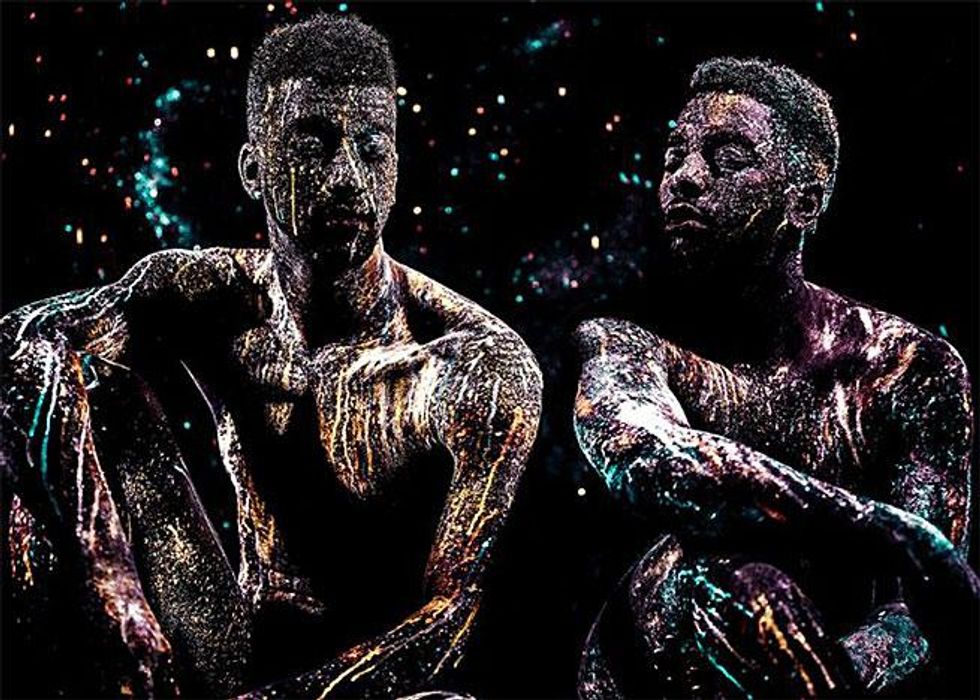
Mikael Owunna's series "Cosmologies" -- the artist's first solo show in New York and with the Clampart gallery -- is an extension of his project titled "Infinite Essence" in which the artist responds to pervasive images in the media of Black people being shot and killed by the police. Owunna has begun a quest to recast the Black body as the cosmos and eternal. Hand-painting the bodies of his models with fluorescent paints, the artist augments a standard camera flash with an ultraviolet bandpass filter in order to pass only ultraviolet light through the lens. Shooting in total darkness, Owunna clicks the camera's shutter, and for a fraction of a second, these Black bodies are illuminated as the universe, becoming celestial vessels of the divine.
Owunna believes in order to bring forth the future destinies of African diasporic art, one must return to and revive its ancient origins. He grounds his work in the recovery, exploration, and modernization of West African knowledge systems, specifically Dogon and Igbo cosmologies. These sacred sciences are poetically rendered systems of spiritual and empirical principles organized around the goal of divinizing human consciousness. Drawing on their influence, Owunna's multi-media work similarly fuses art, science, and religion to provide a vehicle for Black transfiguration.
In response to an era of police murder that reduces the Black body to a site of violent death, Owunna explores indigenous African understandings of Blackness as the fount of eternal life, the mythical principle from which all existence emerges. The posing and framing of each image references ideas from Dogon and Igbo knowledge systems and summon the Blackness of the womb, outer space, primeval oceans, inner visions, and spiritual illumination. The photographs are printed on aluminum to invoke millennia of West African metallurgy traditions and thereby amplify the power of these cosmological images.
The exhibition will also premier the artist's first film, "Obi Mbu (The Primordial House): An Igbo Creation Myth" (co-directed by Marques Redd), which presents a choreographed dance performance exploring the movement of illuminated Black dancers under a backdrop of ultraviolet light as they reenact a particular Igbo myth of creation that encodes knowledge about the Sirius star system, string theory, geometric form, and more.
Dye sublimation print on aluminum, Courtesy of ClampArt, New York City.
September 17 - October 30, 2021 at Clampart
Opening reception: Friday, September 17, 2021, 6:00 - 8:00 p.m.
247 West 29th Street, Ground Floor, New York, NY 10001
_______________________
Mikael Owunna is a queer Nigerian-Swedish American photographer and engineer based in Pittsburgh, Pennsylvania. Exploring the intersections of visual media with engineering, optics, Blackness, and African cosmologies, his work seeks to elucidate an emancipatory vision of possibility that pushes Black people beyond all boundaries, restrictions, and frontiers.
Owunna's work has been exhibited across Asia, Europe, and North America and been collected by institutions such as the Museum of Fine Arts, Houston; Equal Justice Initiative; Duke University; and the National Taiwan Museum. His work has also been featured in media ranging from The New York Times to CNN, NPR, VICE, and The Guardian. He has lectured at venues including Harvard Law School, World Press Photo (Netherlands), Tate Modern (UK), and TEDx. Owunna's first published monograph, Limitless Africans, was released in 2019 by FotoEvidence and he was awarded as a finalist for the FotoEvidence Book Award with World Press Photo.
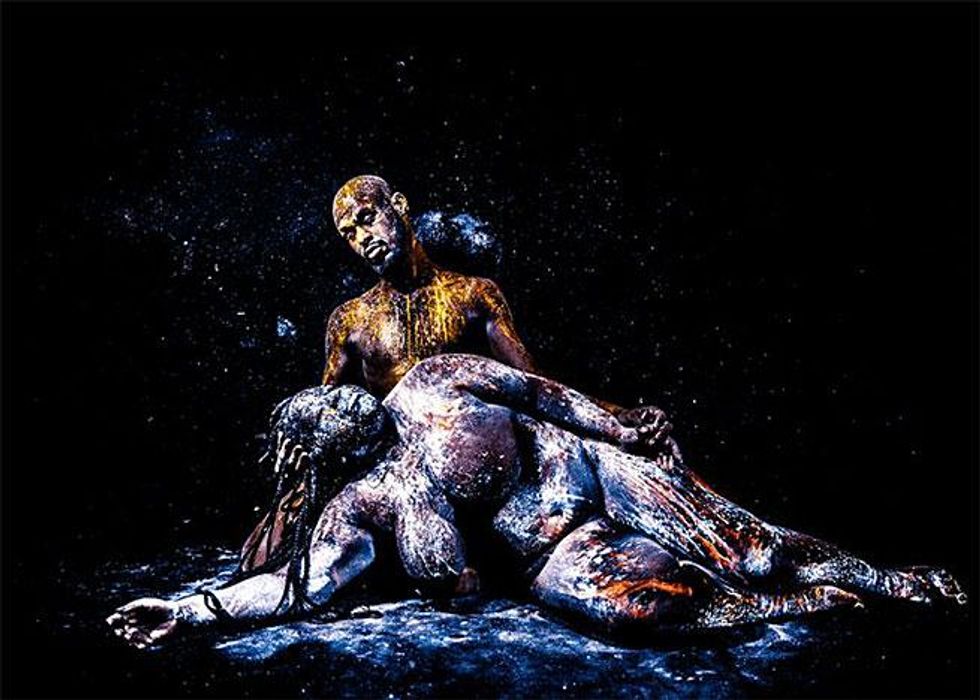
Dye sublimation print on aluminum, Courtesy of ClampArt, New York City.
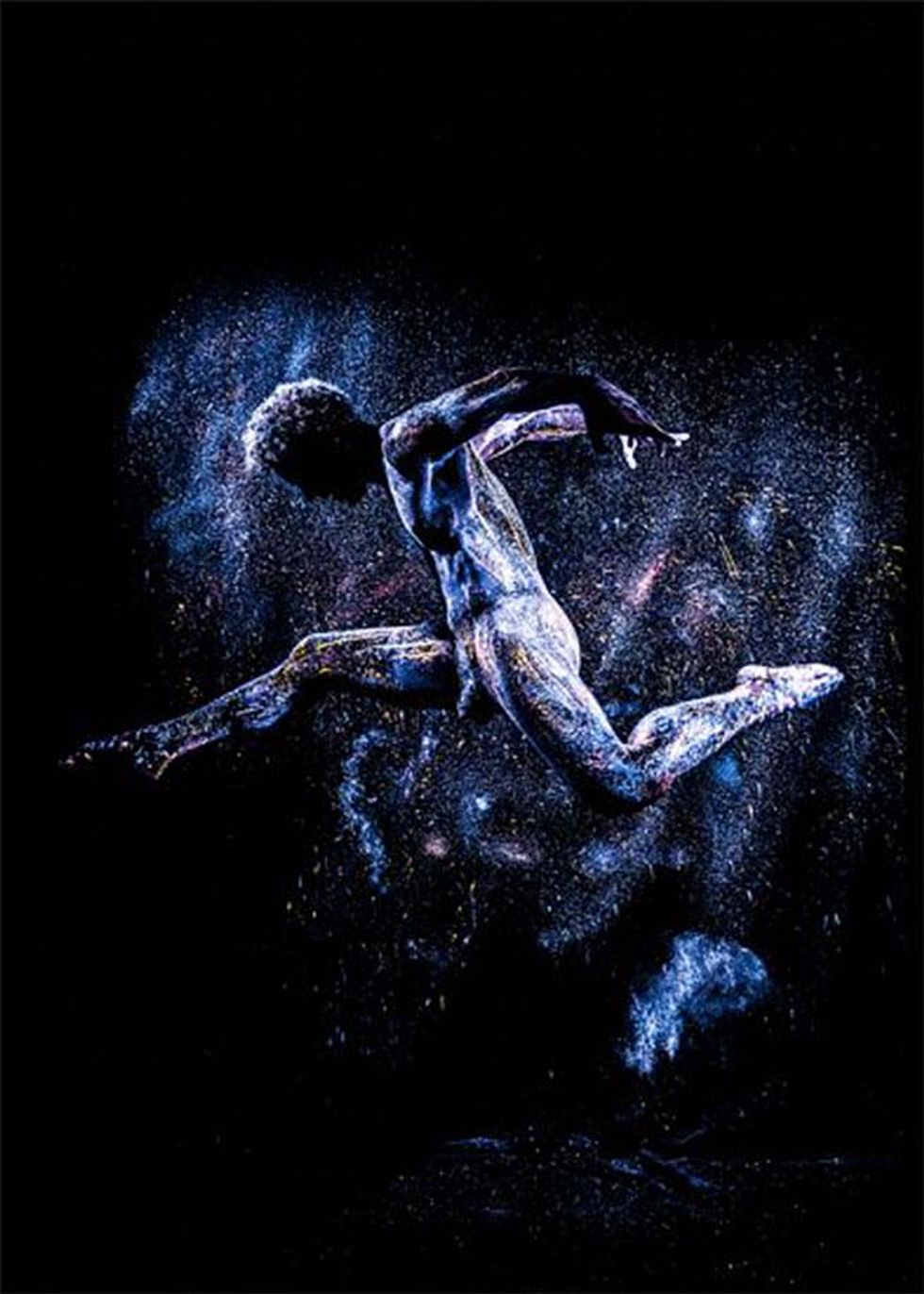
Dye sublimation print on aluminum, Courtesy of ClampArt, New York City.
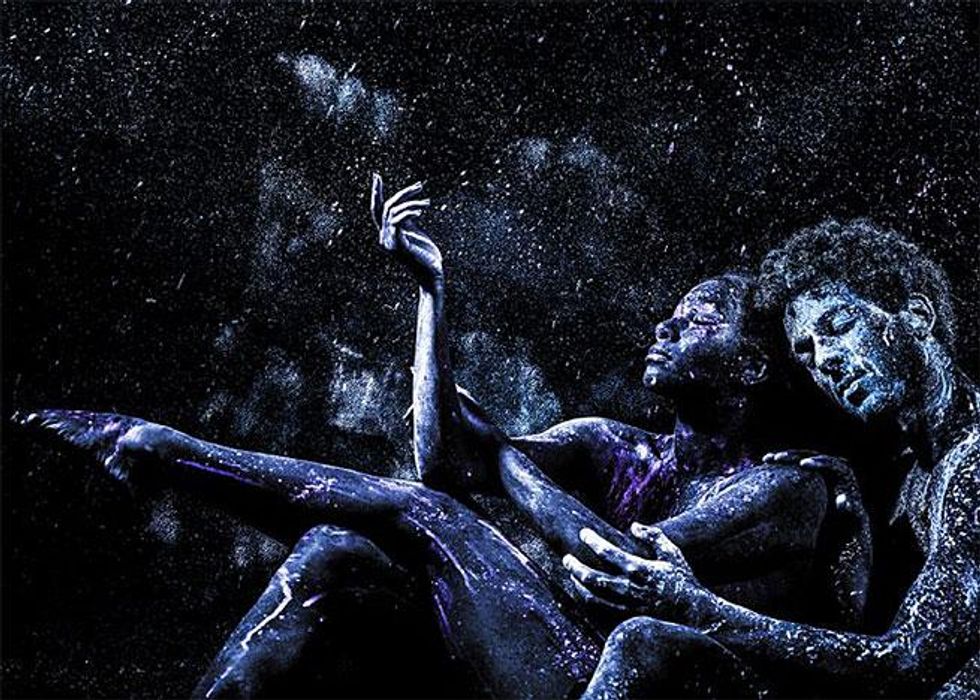
Dye sublimation print on aluminum, Courtesy of ClampArt, New York City.
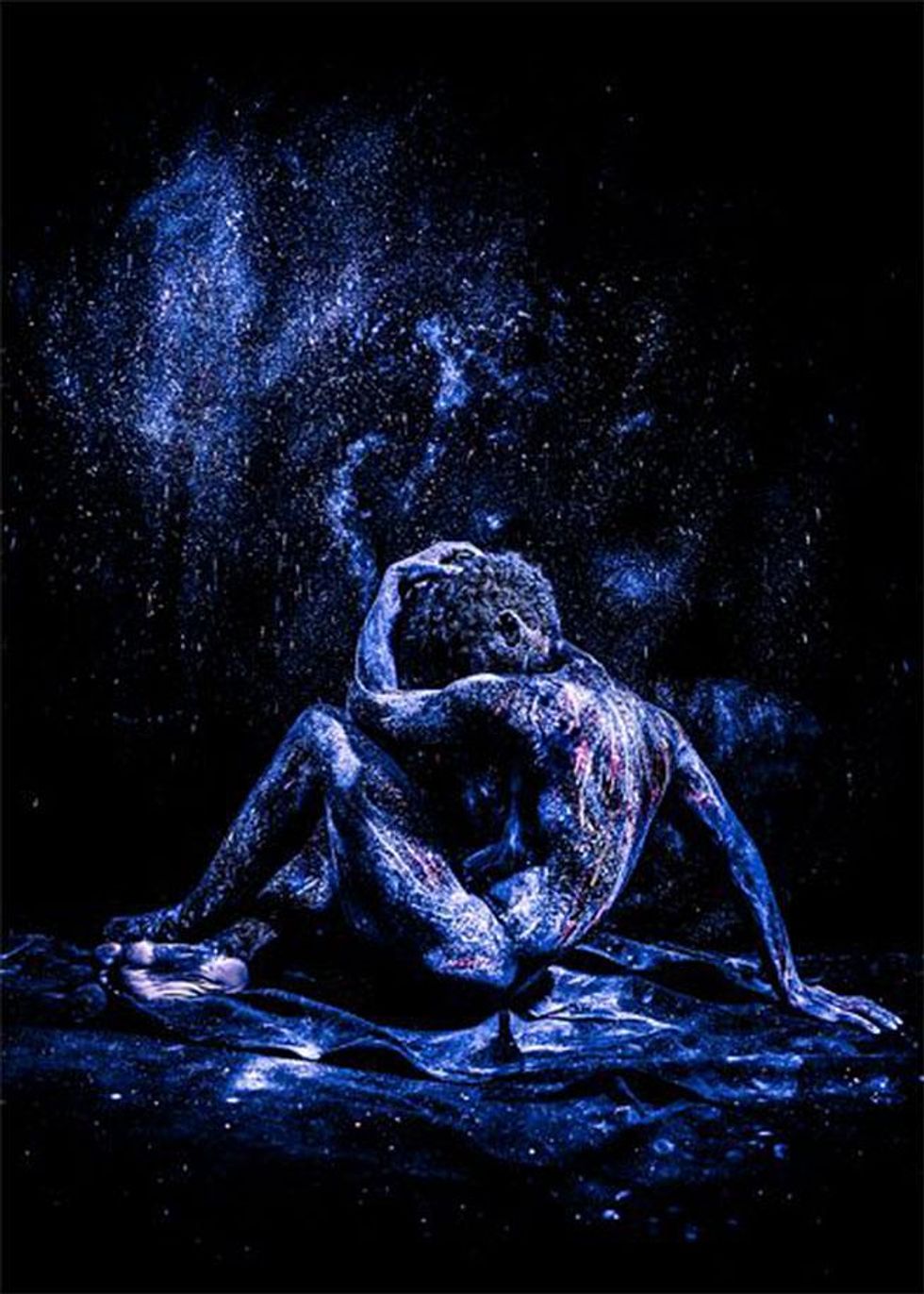
Dye sublimation print on aluminum, Courtesy of ClampArt, New York City.
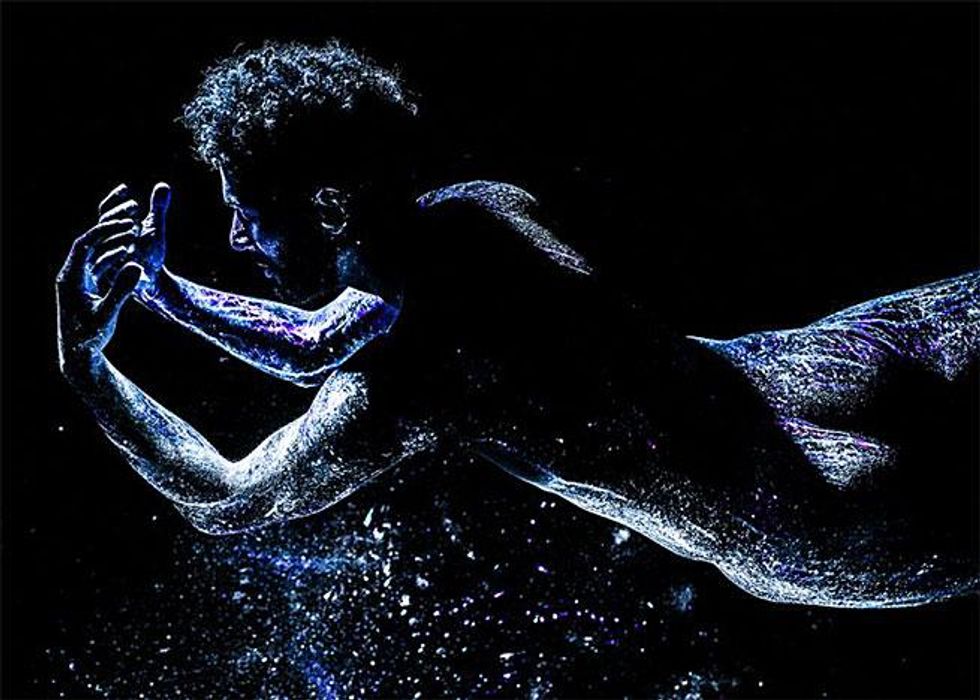
Dye sublimation print on aluminum, Courtesy of ClampArt, New York City.